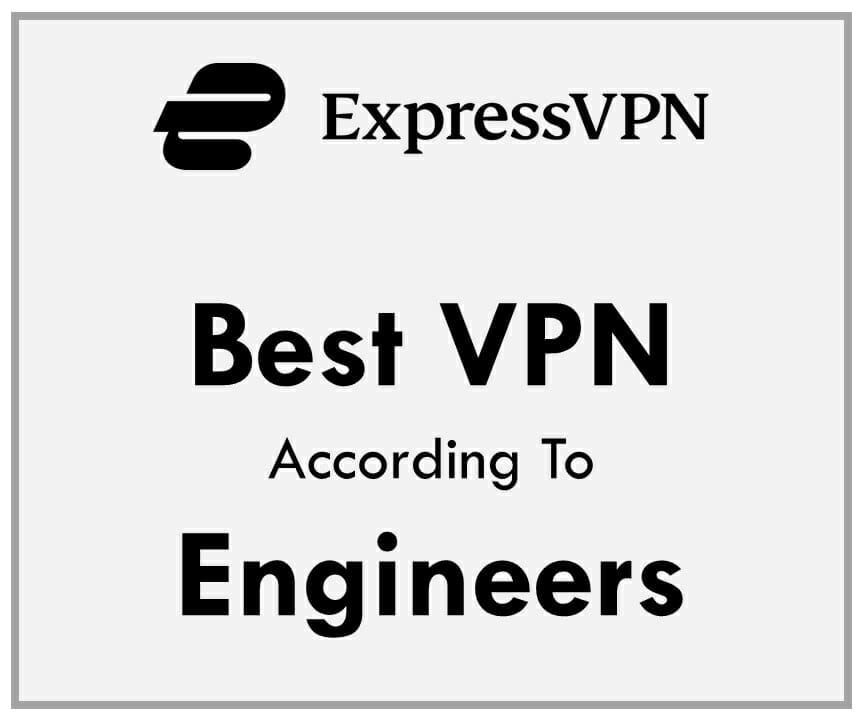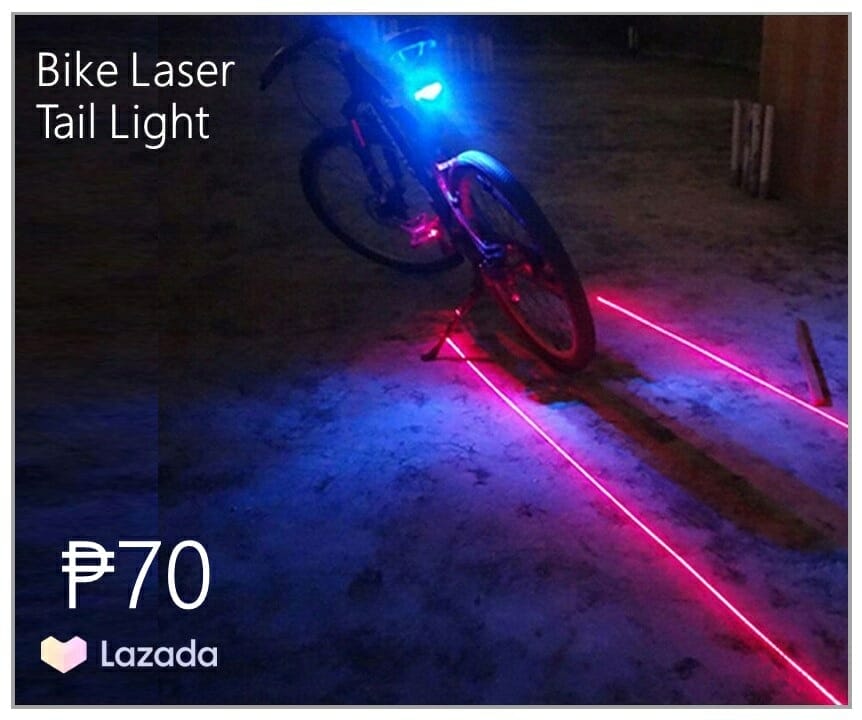Indoor Air Quality
People spend about 90% of their lives indoors, and pollutant levels can be as high as 100 times the levels encountered Germs3.pngoutside. The Environmental Protection Agency (EPA) ranks Indoor Air Quality pollution among the top four environmental hazards in America.

While our attention is focused on the spread of Coronavirus, and we are thinking about the necessary precautions that are needed to reduce our chances of coming in contact with this virus, HVAC professionals know that Coronavirus is not the only disease, germ, virus, or pollutant we need to combat in our homes. We also need to consider the other viruses and germs that are spread through a central HVAC system. One-way people can be proactive and protect themselves from getting sick in general is by being educated on Indoor Air Quality (IAQ).

There are four particular groups (although all people could benefit) that need the best possible air quality in the home:
- Infants to 16-years-old
- Adults, age 60 plus
- No age restriction – immune-compromised individuals, pregnant women, and persons with chronic respiratory disorders, and those recovering from surgical procedures or illness
- Pet owners with domestic animals – dogs, cats, and birds

Scientist believes the principal transmission mode of the Coronavirus is by respiratory droplets, which may travel several Germs2.pngfeet from someone who is coughing or sneezing. Covering your mouth when you cough or sneeze is the first step to control the spread. However, residual contaminants can travel through your HVAC system, where all air in the home is circulated and can contribute to the spread of an airborne virus. The Coronavirus has the same traits as other viruses such as the common cold, the flu, and a sore throat, by how it is spread from person-to-person.

Source control is always the first step
When dealing with IAQ concerns such as mold, dust, odor, and even viruses, source control is always the first step. There are many remedies when it comes to managing IAQ in a home. Some products range from a higher Minimum Efficiency Reporting Value (MERV) rated filter, electronic air cleaners, and ultra-violet sterilization systems. The HVAC system and duct system can contribute to spreading unwanted pathogens in the air, not because your system came contaminated from the factory, but because the air in your home became contaminated.

Tiny pathogens spread in the air can be fungi, bacteria, or viruses. The difference between a virus and bacteria is viruses are much smaller than bacteria, and viruses cannot survive without a host. According to the Mayo Clinic, fewer than 1% of bacteria cause disease in people.
In addition to spreading viruses through an HVAC system, another nemesis is mold, a biological growth. Mold is, in the Germs2.pngsimplest terms, part of the “dust to dust” program. Everything living will die, it will return to the food chain, whether it’s a mighty oak tree, your favorite leather shoes (once upon a time, a cow), or that forgotten orange in the back of the refrigerator.
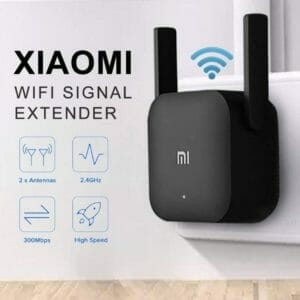
Your HVAC system can provide biological growth the perfect opportunity to form and grow. There are three things needed to support biological growth. Food is the number one source of supporting biological growth. One example of food sources is skin cells that have flaked off and floated into the HVAC system. The next item to support organic growth is moisture. Once those skin cells made it through the system, they can become attached to the evaporator coil or blower motor. When the coil starts to produce condensation along with the food source, it becomes the perfect recipe for biological growth. The final item to contribute to organic growth is the absence of ultraviolet light. HVAC professionals and homeowners who manage these factors, reduce the risk of biological growth.
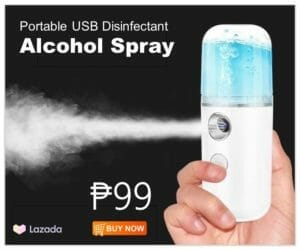
To set the record straight about Indoor Air Quality:
- Mold and viruses are not a factory option
- AC units do not create mold or viruses
- If you have mold or viruses, it is your mold and viruses
- An ultra-violet system will not keep your home mold or virus-free

When an ultra-violet system is used correctly and installed to the manufacture’s guidelines, it can prove to be a useful tool. Ultra-violet exists in natural sunlight (it’s why we wear sunscreen, and mold grows under a rock), it disassembles the DNA of organics. It reduces them to nitrogen and oxygen. Ultra-violet is most effective as surface irradiation (with a limited “kill zone”) and is used in many applications. It is used to sterilize medical instruments, clean reclaimed water in treatment plants, saltwater aquariums, and is used in food processing.
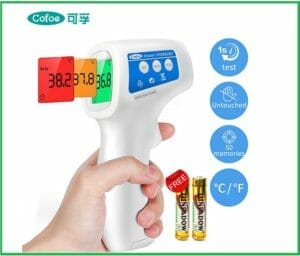
Contractors should educate customers on the value of IAQ and provide solutions and options to help the homeowner make educated decisions. An HVAC system should be inspected at a minimum, twice a year. Visit The National Air Duct Cleaners Association for recommendations on HVAC system cleaning. Be sure to ask your HVAC technician on products that can help you breath cleaner, fresher, healthier air.
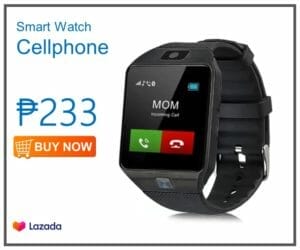
In times like these, when emotions run high, and everyone is concerned about the unknown, HVAC professionals need to shine as a beacon of truth and good faith. Quality maintenance, good hygiene, and proven best practices such as; improved indoor air quality, source control for contamination, and keeping a clean house are the keys to successfully navigating current health issues.
Reference Sources
https://www.epa.gov/report-environment/indoor-air-quality
https://www.cdc.gov/mmwr/volumes/69/wr/mm6908e1.htm
This article first published at ACCA https://www.acca.org/news/guest-blog/coronavirus-other-contaminants-indoor-air
Read our front cover story about ACCA

The Untold Story of Air Conditioning Contractors of America
https://gineersnow.com/magazines/hvacr/untold-story-air-conditioning-contractors-america
Other COVID-19 Updates
Tiger Tests Positive for Coronavirus at New York Zoo
Harvard Talks: Cut Salaries or Cut People?
Lamborghini Medical Shields & Surgical Masks for Health Workers
WHO COVID-19 Buildings & Tents Screening Layout Standards
UCLA Engineer Made a Ventilator from Hardware Items
Airbus Gives 3D-Printed Hospital Visors to Health Workers
Airlines COVID-19 Analysis: Aviation Collapsed
Forecast Deaths, Hospitals & Ventilators: COVID-19 Impact, USA Full Report
Ventilation Standards for Buildings Converted to COVID-19 Hospitals
Harvard Talks: The Supply Chain in Post COVID-19 Era
COVID-19 Deaths to Reach 81,000 in US By June – Forecasts by IHME & Univ. of Washington
Top 10 Largest Ventilator Manufacturers in the World
List of Government Officials Tested Positive in PH
Metronic Ventilator Ramping Up Production
Engineers, Can You Help Build a DIY Ventilator for Hospitals?
Water is Our First Line of Defense Against COVID-19
COVID-19 Economic Aftermath on the Construction Industry
Complete List of Companies Working on Coronavirus Vaccine
COVID-19 War: 70K Physicians vs 109M Filipinos
Famous People Who Have Tested Positive for COVID-19
These Politicians Tested Positive for Coronavirus (COVID-19)
Postponed Exhibitions in the Philippines due to COVID-19
Cancelled Major Events Around the World Due to COVID-19
World Bank Gives $12 Billion to COVID-19 Affected Countries
COVID-19 Philippines: DOH on Code Red Status
PPE Shortage Endangering Health Workers Worldwide
The List of COVID-19 Disinfectants Approved by EPA
World Bank Gives $12 Billion to COVID-19 Affected Countries
Air Cargo Demand Down 3.3% due to COVID-19 Disruption













